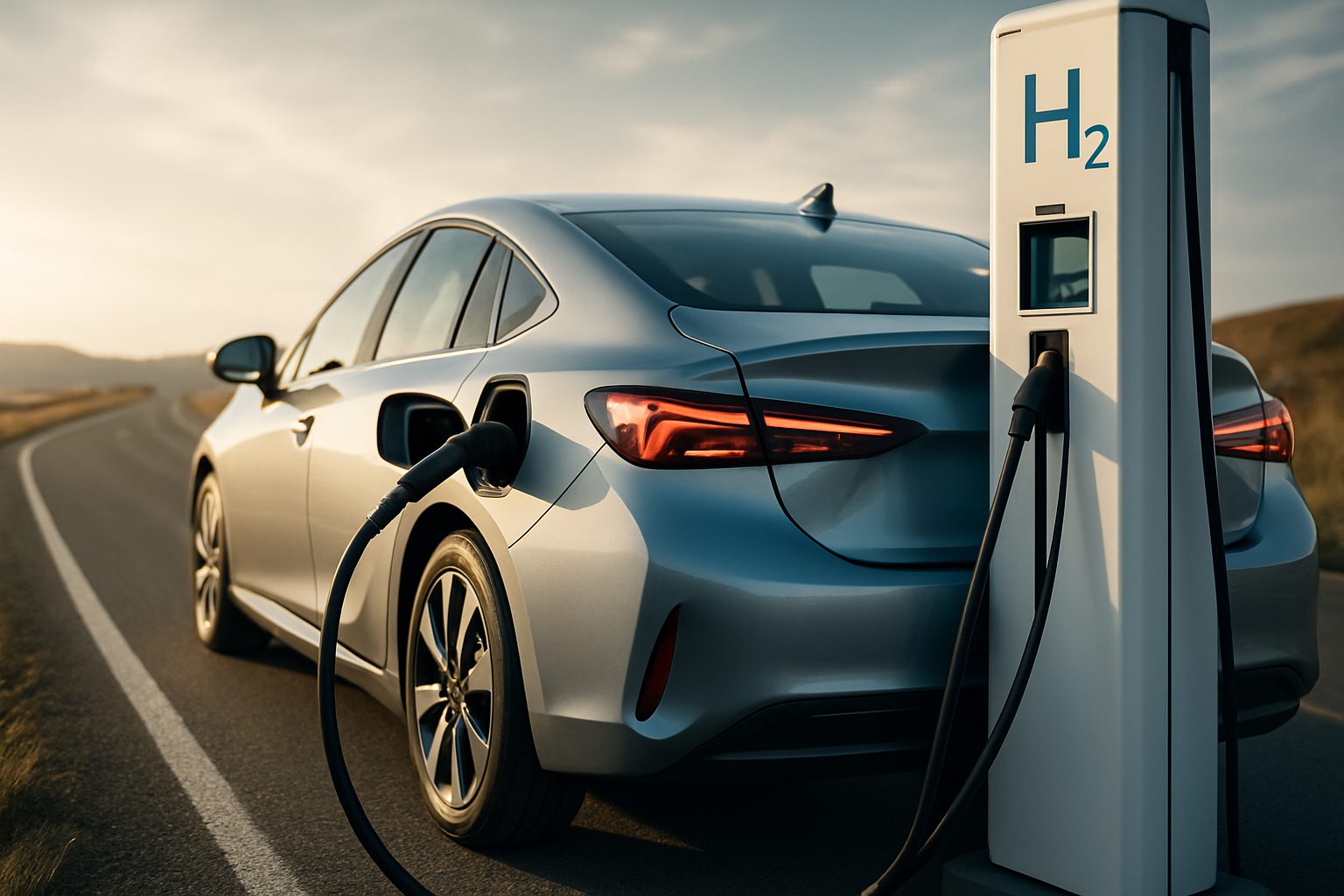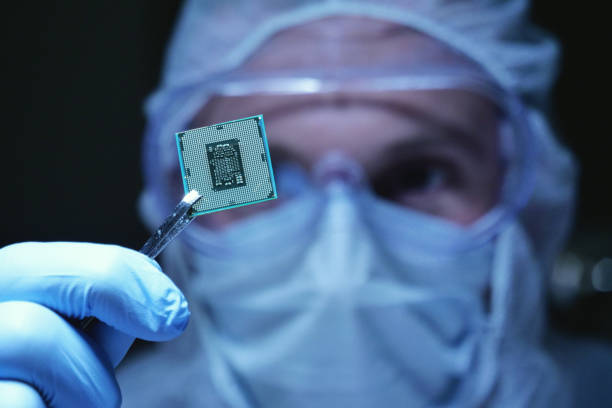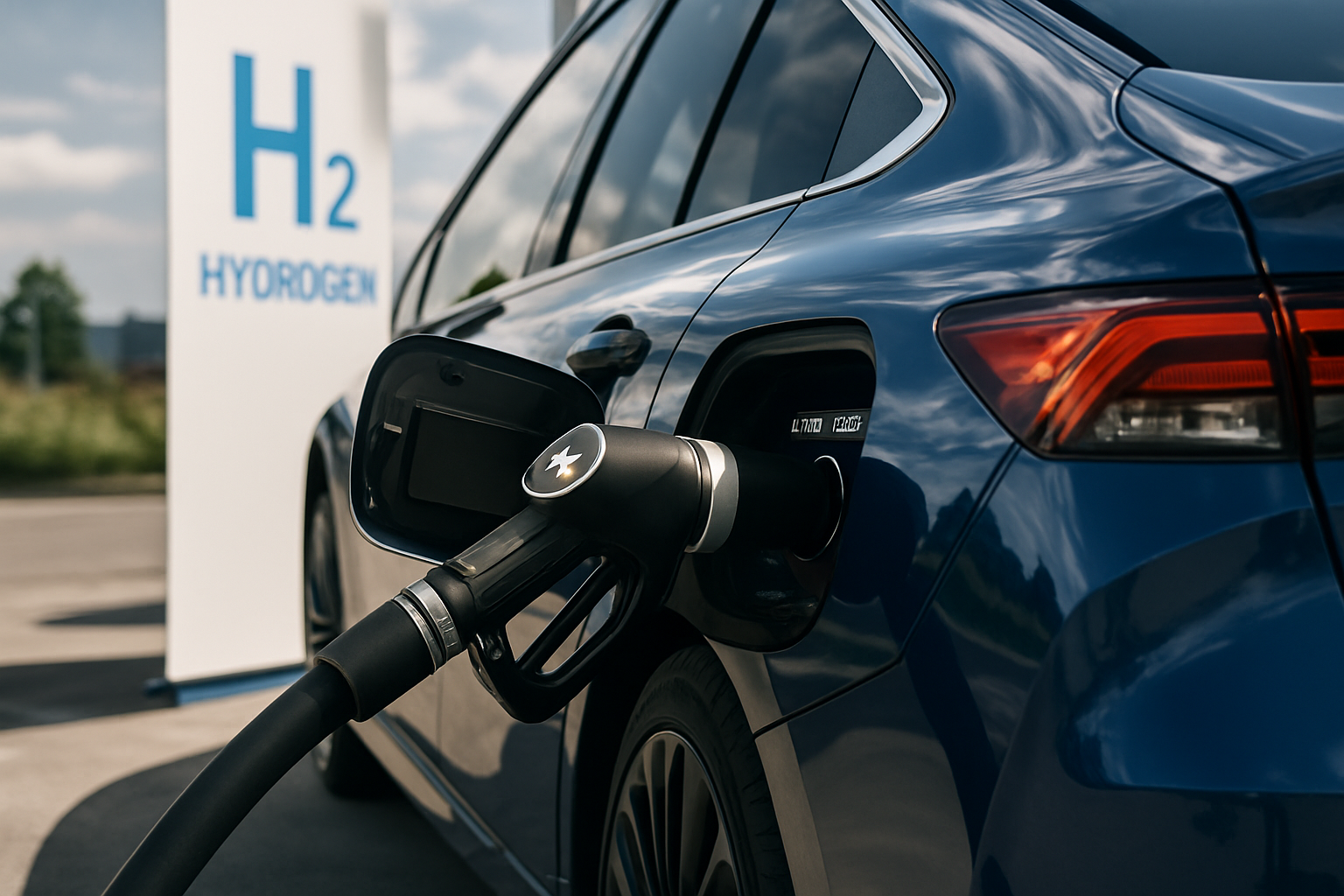Hydrogen Fuel Cells: The Unsung Heroes of Automotive Innovation
Picture yourself behind the wheel of a car that emits nothing but water vapor, refuels in minutes, and offers a range rivaling traditional gasoline engines. This isn't science fiction—it's the promise of hydrogen fuel cell vehicles. As the automotive world grapples with environmental concerns and the search for sustainable energy sources, hydrogen fuel cells emerge as a compelling, yet often overlooked, solution. Let's dive into the world of this groundbreaking technology and explore its potential to reshape the future of transportation.

The process begins at the anode, where hydrogen molecules are split into protons and electrons. The protons pass through a membrane to the cathode, while the electrons are forced to travel through an external circuit, generating an electric current. At the cathode, these components reunite with oxygen, forming water molecules. This continuous cycle provides a steady stream of electricity, powering the vehicle with remarkable efficiency.
A Brief History: From Space to Streets
The concept of fuel cells dates back to 1838 when Welsh physicist William Grove first demonstrated the technology. However, it wasn’t until the 1960s that fuel cells gained significant attention, thanks to NASA’s space program. Fuel cells provided power for the Gemini and Apollo missions, proving their reliability in the most demanding environments.
The automotive industry began seriously exploring fuel cell technology in the 1990s. General Motors unveiled its first fuel cell concept car in 1966, but it would take decades of research and development before the technology became viable for consumer vehicles. In 2013, Hyundai introduced the world’s first mass-produced fuel cell vehicle, the Tucson Fuel Cell, followed closely by Toyota’s Mirai in 2014.
The Advantages: Why Hydrogen Fuel Cells Matter
Hydrogen fuel cell vehicles offer several compelling advantages over both traditional internal combustion engines and battery electric vehicles. First and foremost is their environmental impact—or lack thereof. The only emission from a fuel cell vehicle is water vapor, making them true zero-emission vehicles.
Refueling time is another significant advantage. While battery electric vehicles can take hours to charge, hydrogen fuel cell vehicles can be refueled in a matter of minutes, similar to traditional gasoline-powered cars. This quick turnaround time makes them particularly attractive for long-distance travel and commercial applications.
Range anxiety, a common concern with battery electric vehicles, is less of an issue with fuel cell vehicles. Many can travel over 300 miles on a single tank of hydrogen, comparable to conventional gasoline-powered cars. This extended range, combined with quick refueling, makes fuel cell vehicles a more practical option for many drivers.
Overcoming Hurdles: Infrastructure and Production Challenges
Despite their potential, hydrogen fuel cell vehicles face significant hurdles to widespread adoption. The most pressing issue is the lack of refueling infrastructure. As of 2021, there were only about 550 hydrogen fueling stations worldwide, with the majority concentrated in Japan, South Korea, and California. Expanding this network requires substantial investment and coordination between automakers, energy companies, and governments.
Another challenge lies in hydrogen production. While hydrogen is the most abundant element in the universe, it doesn’t exist naturally in its pure form on Earth. Current methods of hydrogen production often rely on fossil fuels, which undermines the environmental benefits of fuel cell vehicles. However, promising advancements in green hydrogen production, using renewable energy to split water molecules, could address this issue in the coming years.
The Road Ahead: Innovations and Future Prospects
As research and development continue, we’re seeing exciting innovations in fuel cell technology. Engineers are working to improve fuel cell efficiency, reduce production costs, and enhance durability. New materials for membranes and catalysts promise to make fuel cells more robust and cost-effective.
One particularly promising area of research is the development of solid oxide fuel cells (SOFCs). These operate at higher temperatures than traditional polymer electrolyte membrane fuel cells, potentially offering greater efficiency and the ability to use a wider range of fuels.
In the commercial sector, hydrogen fuel cells are gaining traction for heavy-duty applications. Companies like Nikola and Hyundai are developing fuel cell trucks, while Toyota is exploring the technology for buses and even ships. These applications could drive infrastructure development and accelerate the technology’s advancement.
Conclusion: A Piece of the Sustainable Mobility Puzzle
While hydrogen fuel cell technology faces challenges, its potential cannot be ignored. As we move towards a more sustainable future, it’s clear that no single technology will dominate the automotive landscape. Instead, we’re likely to see a diverse ecosystem of propulsion systems, each suited to different needs and use cases.
Hydrogen fuel cells offer a unique combination of zero emissions, quick refueling, and long range that makes them an attractive option for many applications. As infrastructure expands and production becomes greener, we may see fuel cell vehicles playing an increasingly important role in our transportation future. The road ahead for hydrogen fuel cells may be long, but it’s one filled with promise and potential.





